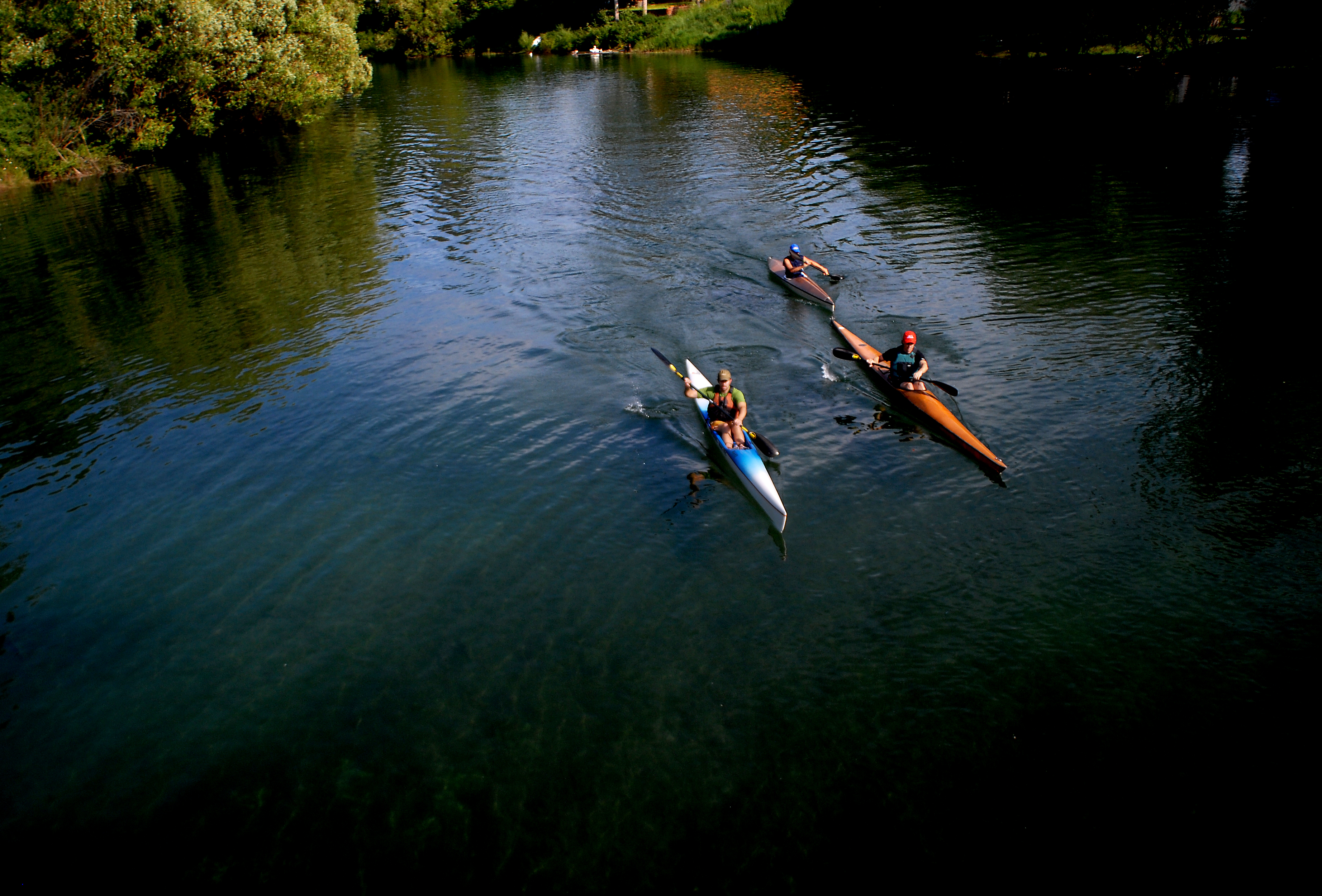The U.S. House Natural Resources Committee voted Thursday to lift longstanding restrictions on kayaks, rafts and other “hand-propelled” vessels on hundreds of miles of rivers and streams in Yellowstone and Grand Teton national parks.
Conservation and angling groups opposed paddling in those areas, saying existing restrictions preserve the solitude and wildness of the parks’ waterways while allowing boats on many lakes and some rivers. The measure from U.S. Rep. Cynthia Lummis, R-Wyo., passed on a 23-15 vote and now goes to the full House.
In response to conservationists’ concerns, the committee approved an amendment that Lummis said limits how many miles of streams and rivers park officials would review for future use by paddlers.
“This would reduce by over 90 percent the amount of analysis and the river miles that would be subject to being analyzed for allowing kayaking in the park,” Lummis said.
But the National Parks Conservation Association disputed her statement, saying park officials still would look at up to 6,500 additional miles of waterways for potential use. The group urged lawmakers not to advance the legislation.
The changes set a minimum number of miles for where paddling would be allowed, according to a memo from committee staff.
The amendment listed sections of 50 rivers and streams where paddling would be permitted, including remote waterways such as the Firehole, Gallatin, Lamar and Snake rivers. Portions of some of those rivers already are open for recreational use outside the park and, in the case of the Snake River, inside Grand Teton.
“Many of these rivers and streams are well-known to people in Montana and Wyoming,” said Kristen Brengl, policy director for the parks association. “They are places where cutthroat trout, grizzly bears — you name it — tend to congregate. We’ve spent all this time protecting these species, and this isn’t the best way to manage Yellowstone and Grand Teton national parks.”
The restrictions the bill targets were imposed in Yellowstone in 1950, when most rivers and streams were closed to prevent overfishing, park officials said.
Tens of thousands of paddlers visit areas in Yellowstone and Grand Teton national parks every year, officials said. That includes 60,000 paddlers each year that use the Snake River through Grand Teton, and more than 2,000 a year in Yellowstone, according to prior testimony from U.S. Interior Department officials.
Lummis’ amendment would not allow inner tubes and other unconventional watercraft. The bill also calls for federal officials to coordinate the recreational use of hand-propelled vessels on the Gros Ventre River within the National Elk Refuge.
Last year, the full House approved Lummis’ previous attempt to lift restrictions on watercraft in the two parks, but the bill failed in the Senate. National Park Service officials said at the time that the bill would have prevented park administrators from using their professional judgment to decide where vessels should be allowed.
The agency declined to comment on the latest version of Lummis’ proposal. Park Service spokeswoman April Slayton said it does not take positions on legislation unless called before Congress to testify.
